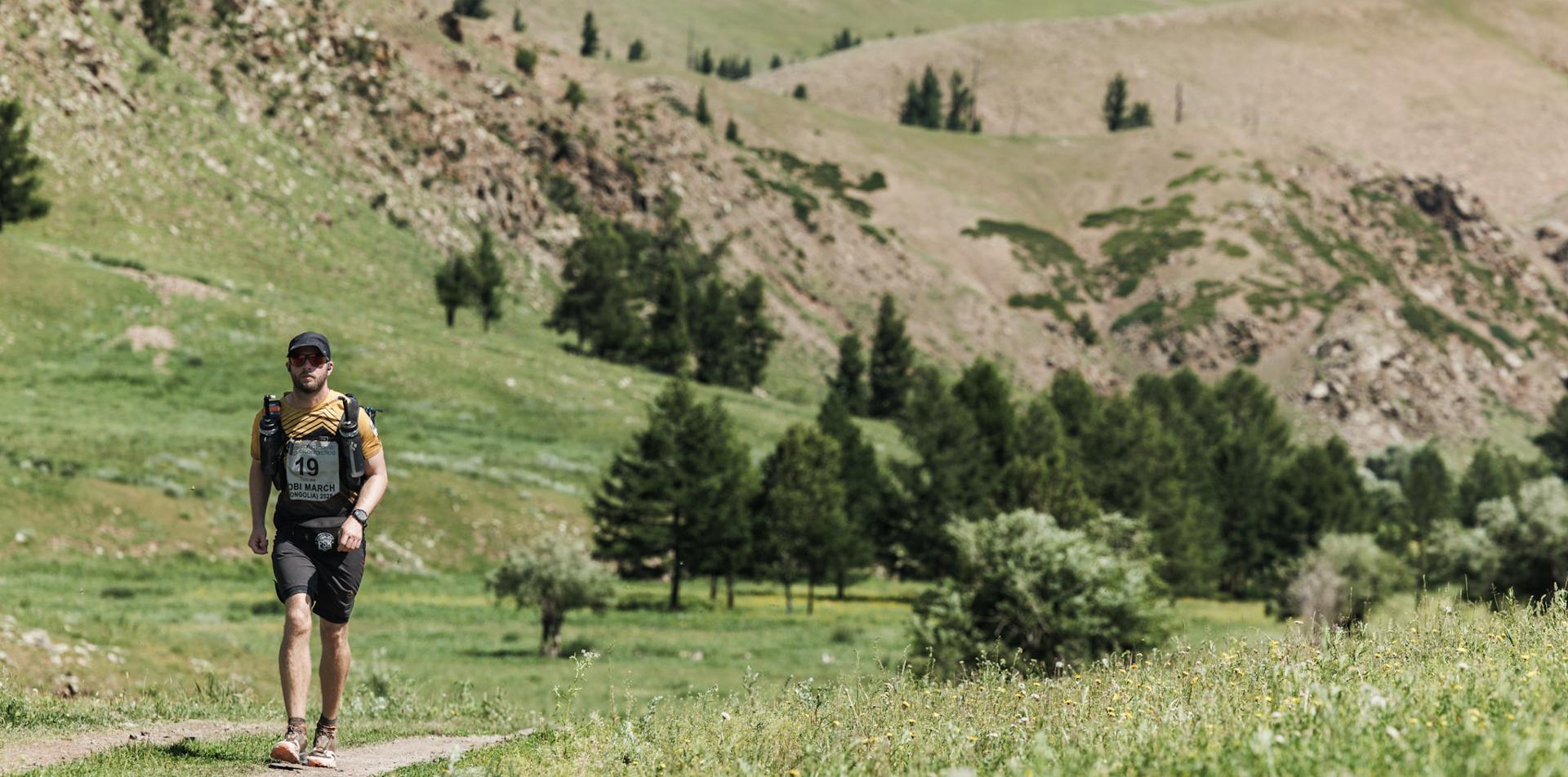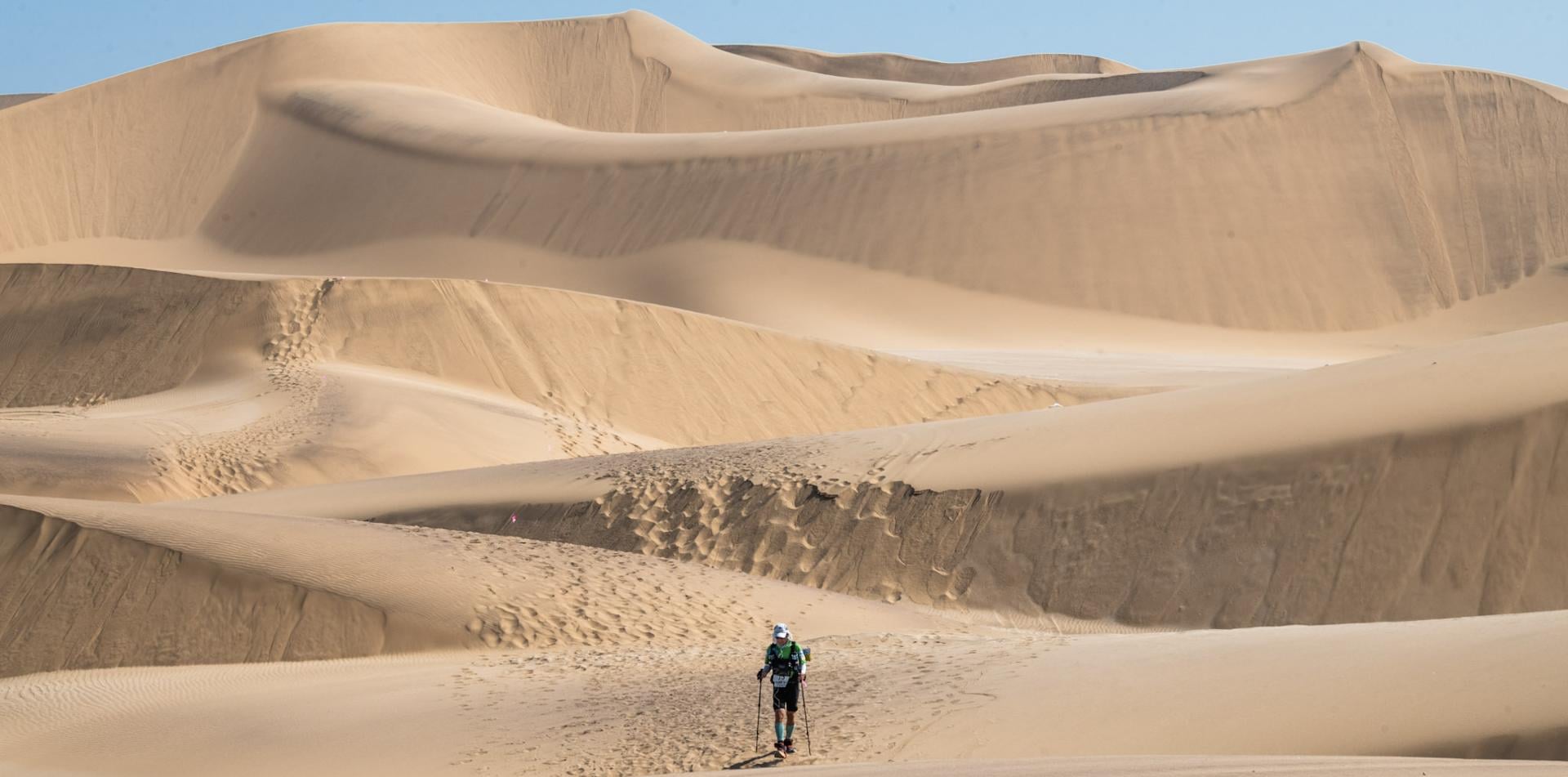Bottles versus Bladders – Finding the Right Hydration System for You
The bottle versus bladder debate is one which continues unabated at every race meet, in every store and in blogs and forums online. For many, the decision is personal but there are some key considerations which you will need to evaluate when you are deciding on your water solution for your next race or training.
It is important to think about the length of run you will be doing, the temperature, your access to fluid replacement along the course and your own general personal consumption of water. Only after considering all these factors can you formulate the best hydration strategy for you. Different distances and differing goals (eg a race win versus finishing) will also determine the right solution for you. You will also need to consider your level of fitness as the more trained athlete will be able to endure greater levels of dehydration and still maintain their performance levels.
Bottles
- Advantages
The key advantage to having a bottle is the ability to clearly see how much water you have left at a glance, allowing you to better manage your water consumption. This is especially important in hot conditions when water can become one of the more important elements during a run.
Water bottles are very easy to fill up at check points, allowing you a quicker transition if time is an important factor for you. If you need to share your water for any reason, it is much easier to share from a bottle than from a bladder.
You are likely to carry less water with you when choosing bottles as your hydration system. This reduction in weight will allow for greater running speed and efficiency during your race and may avoid having to carry a backpack at all, and therefore that added sense of heat, restriction, and sweaty back which comes from a backpack.
- Disadvantages
Although bottle holders and integrated bottle pockets are improving in design each year, bottles can be harder to carry. If, as above, you attempt to leave the backpack behind and instead use a handheld bottle system, you may sacrifice a little in balance and safety, especially on the more technical surfaces., Having a bottle holder which is easily accessible or a great hand-held solution may make your forget about having to carry your bottles..
Unless you are considering taking a soft flask, bottles don’t reduce in size as they empty so you end your race with as large a pack as you started. Bottles are ideal if you require 1.5l of water or less. However, if your water need is likely to exceed this, you will find that carrying this in bottles will be extremely cumbersome.

Water Bladders
- Advantages
Easy access. When you’re struggling up your 5th sand dune of the day, you can simply grab the tube and start hydrating yourself. There is something comforting about being able to easily access water without stopping or reaching into your pack or belt when you’re in the middle of a tough stage or ascent.
A bladder will usually fit easily into a backpack and will reduce in size as it empties. A near-empty bladder is incredibly light which will help you when you are tired at the end of a race or your training run.
If you have a well-fitted backpack, you will hardly feel the bladder on your back, even when full, and you will have full access to your arms during a race - an important consideration when you’re on a very technical route.
Bladders come in a variety of different sizes, but most people choose the 2l version. You can carry more water in a more efficient and comfortable way using bladders compared to using bottles. If you have a lot of distance to cover, it is very hot, or if you sweat a lot and therefore need to carry large quantities of water, we would highly recommend using bladders. You can also risk not refilling at check points, saving you valuable minutes in a race.
Ultimately, running with a bladder means that you’re hands-free which can help you with your run – this is often reason enough to buy a bladder. Carrying your bladder in a backpack also means you have additional storage space which can be utilized to carry additional nutrition meaning you’re far less reliant on checkpoints to provide you with what you need.
- Disadvantages
You can never be certain of exactly how much water you have remaining or how much you have drunk. You may think that you have drunk a lot but find that you have an almost full bladder when you come to a check point, which could lead to dehydration. Less common, but of greater concern is the potential for hyponatremia which could occur from drinking more than you realise during a run/race.
There is no doubt that it is more of a hassle to fill your bladder up at check points than it is to fill a bottle. You need to ensure that you have securely fastened it after refilling and this can take time and concentration. There is nothing like an open bladder in your backpack to ruin the euphoria of a race day.
The tube is notoriously difficult to clean or get completely dry which leads to mould and bacteria developing within your hydration system. We would recommend that you invest in a good bladder cleaning tool and a sterilizing solution similar to what is used for baby’s bottles to ensure your bladder is kept as clean and hygienic as possible.
The water in the tube may well freeze-or warm up if you don’t drink frequently. To avoid water freezing in the tube, we would suggest you buy an insulating cover which tackles this problem.
Final Thoughts
There are so many solutions out there to make it easier and quicker for you to access your water. Our top tip is to try a number of different products – no one solution is right for everyone and by making a switch you may well find the perfect hydration system for you.
https://www.racingtheplanetstore.com/collections/hydration







 Newsletter
Newsletter
 Online Store
Online Store





